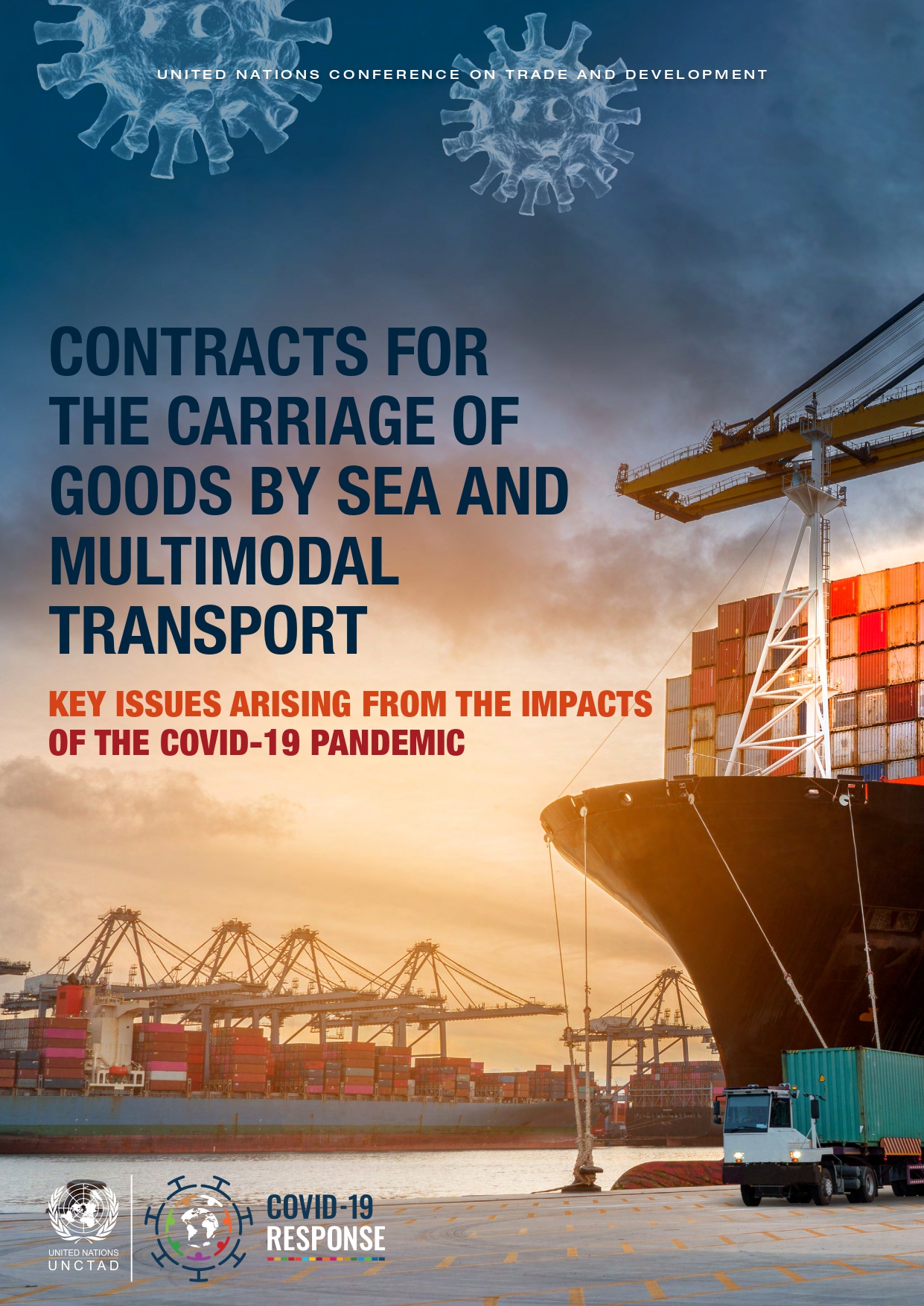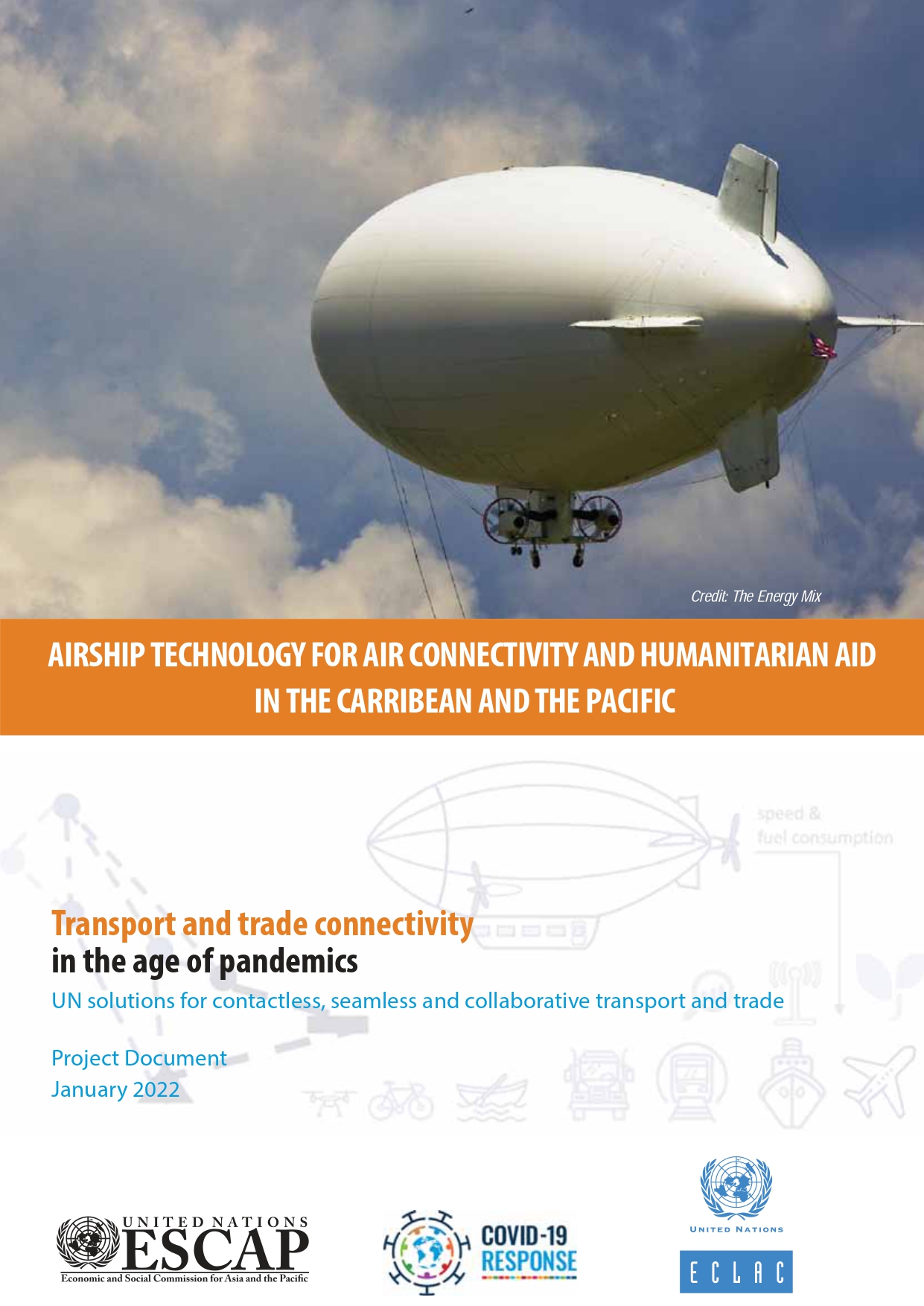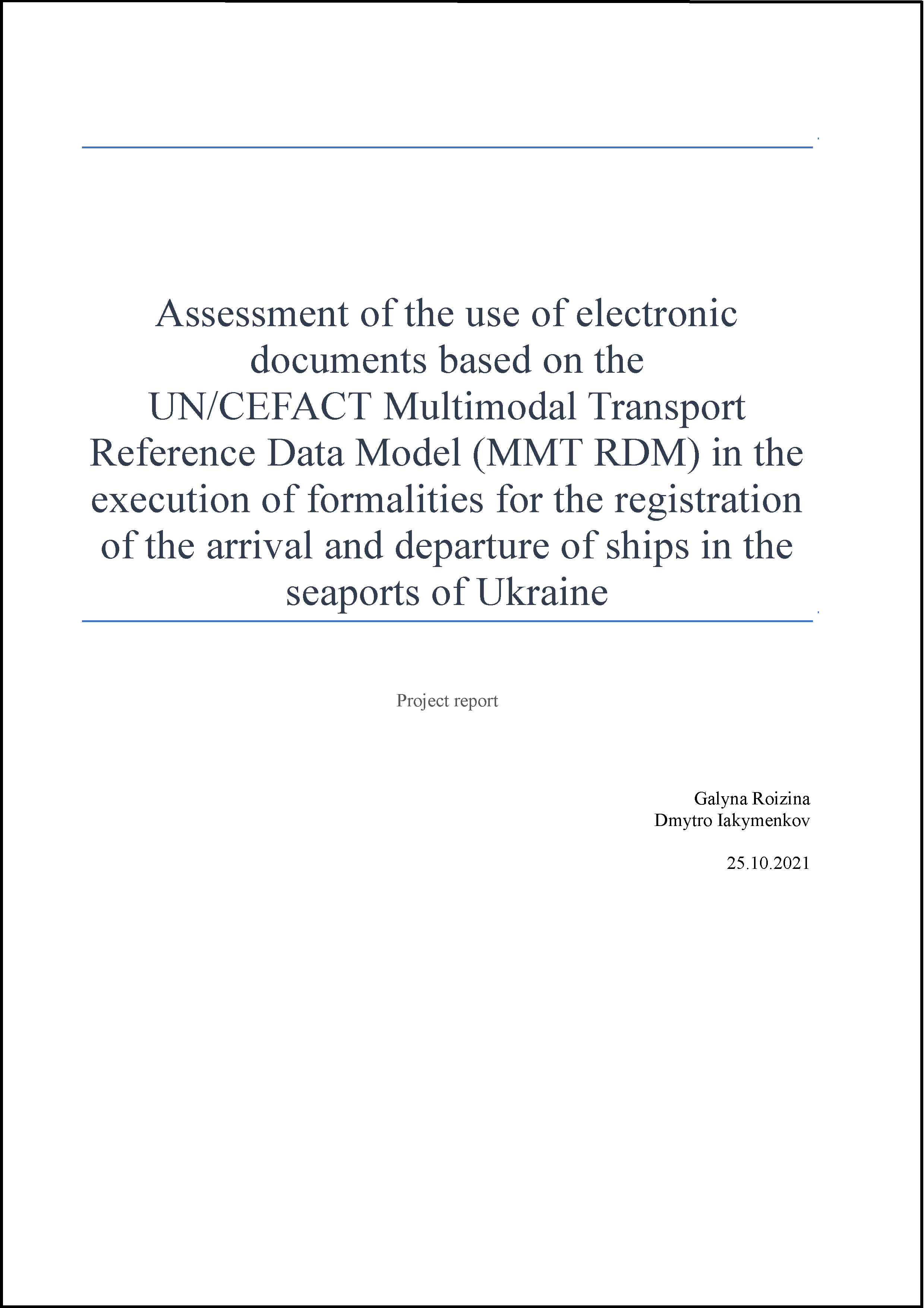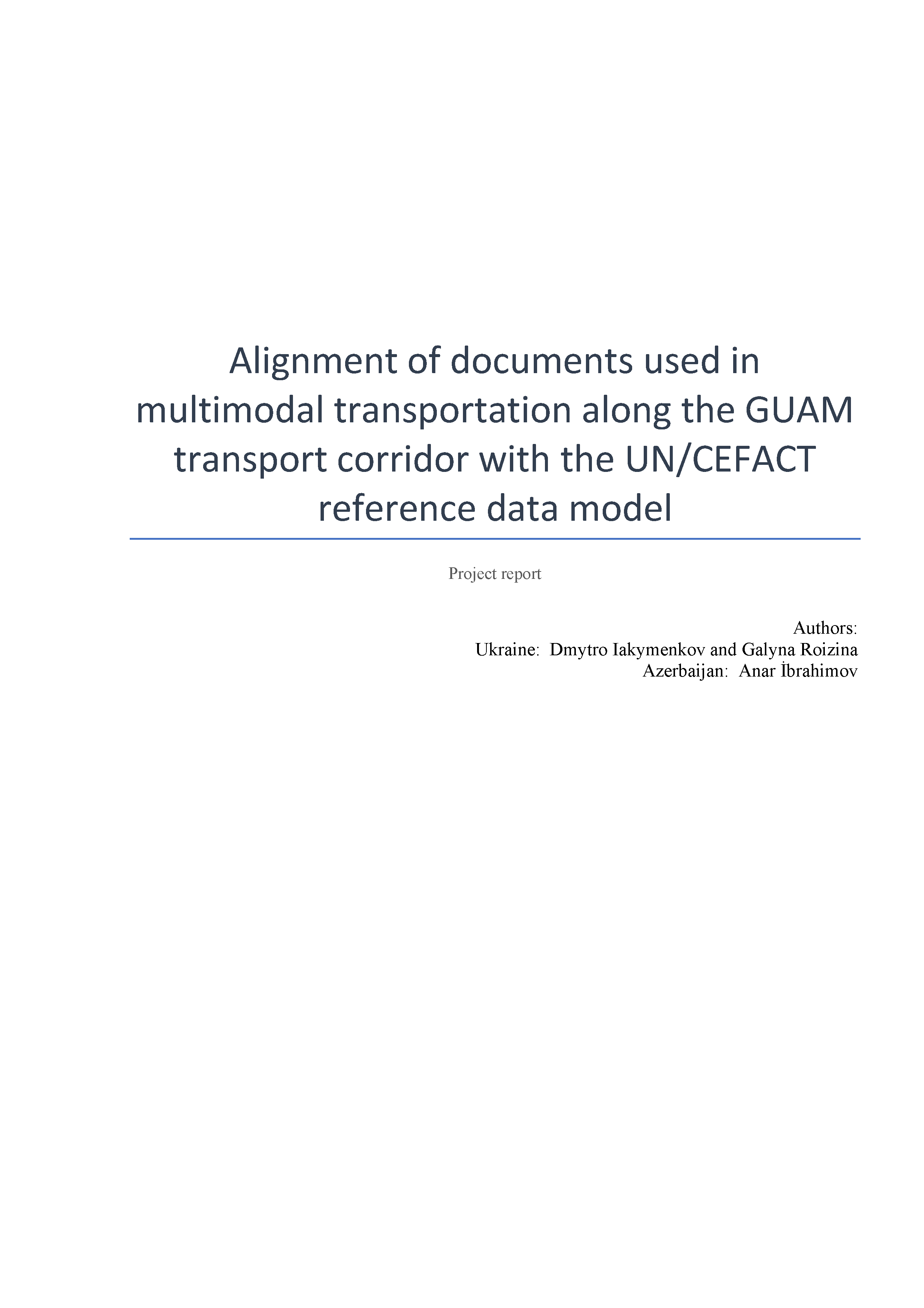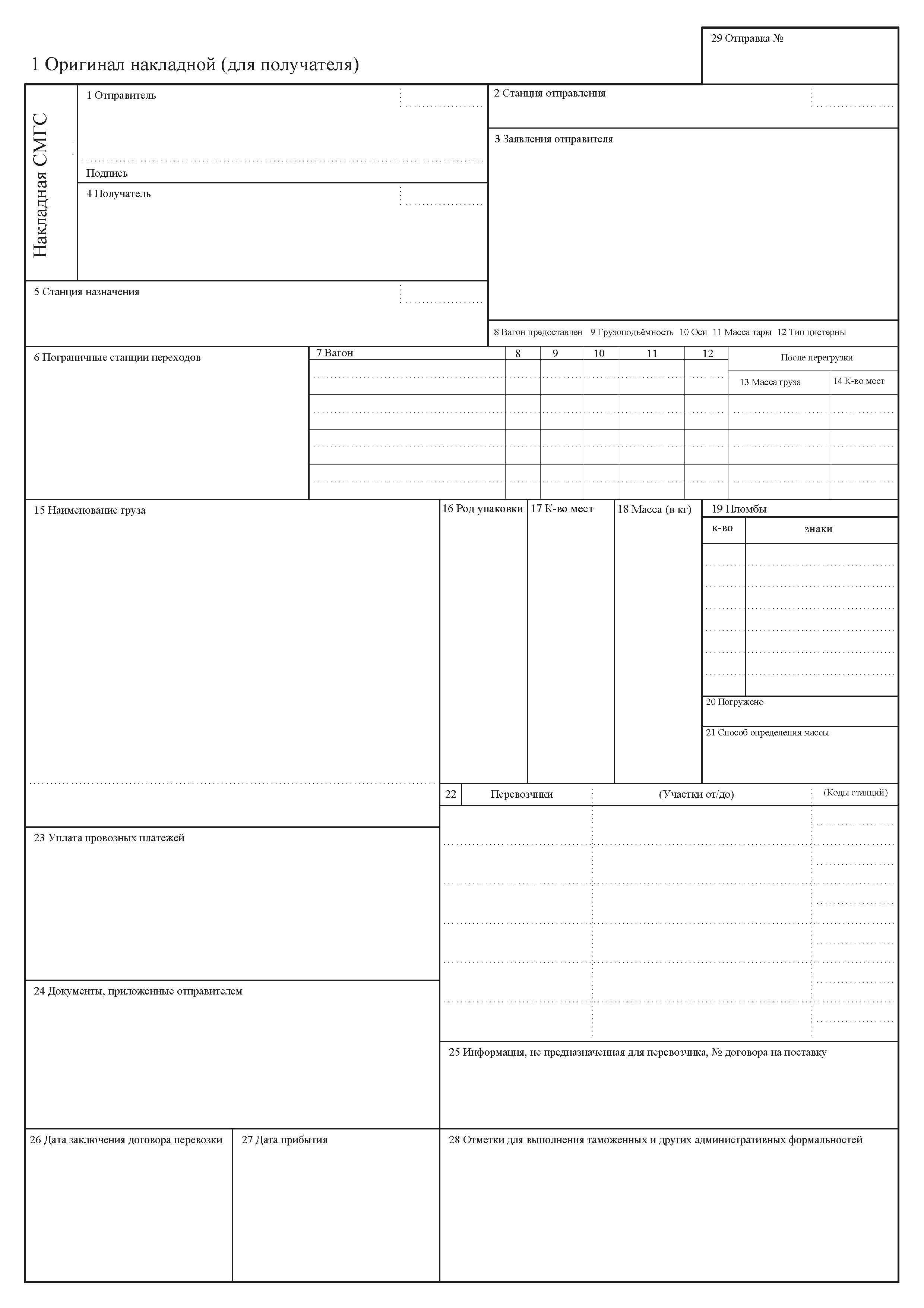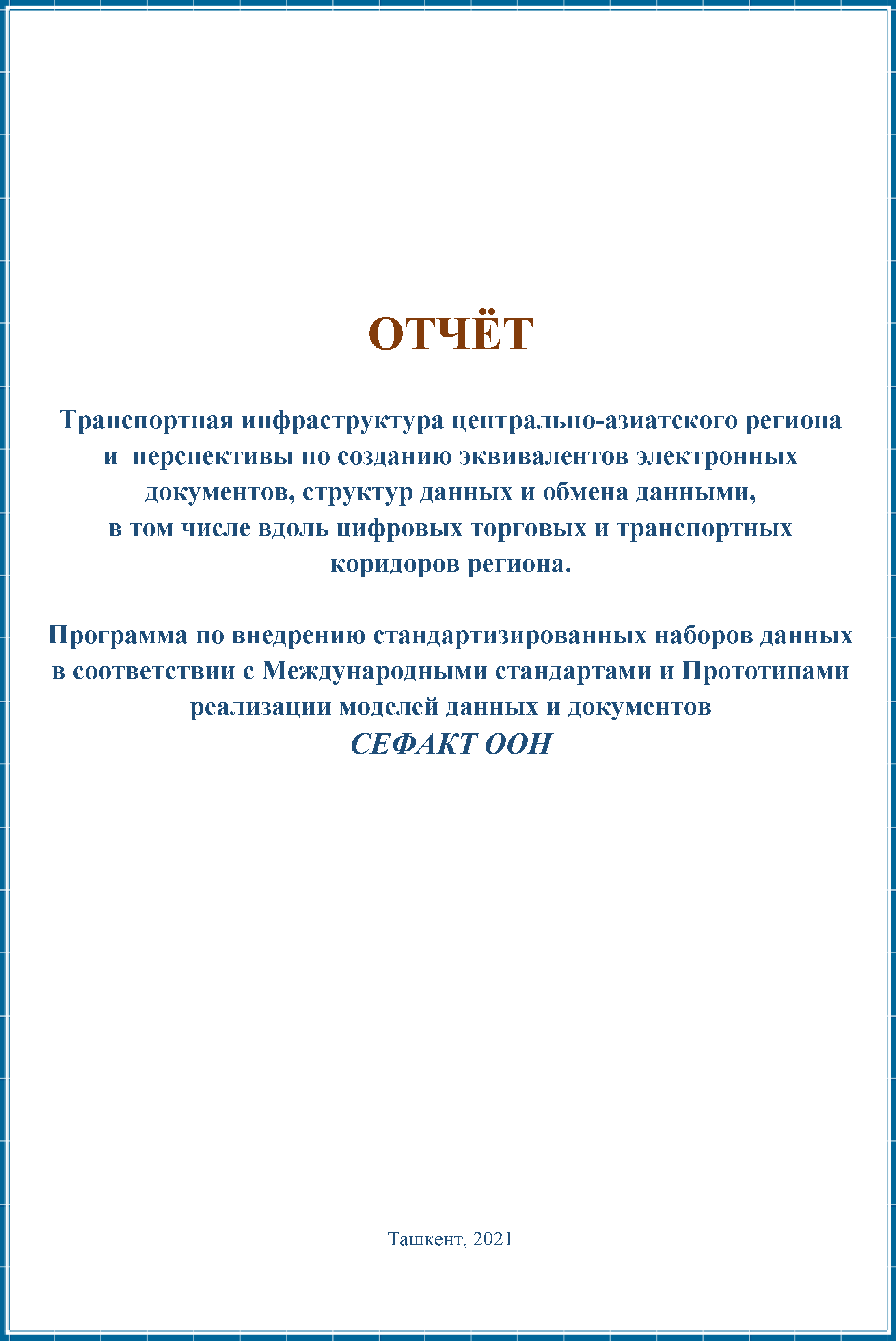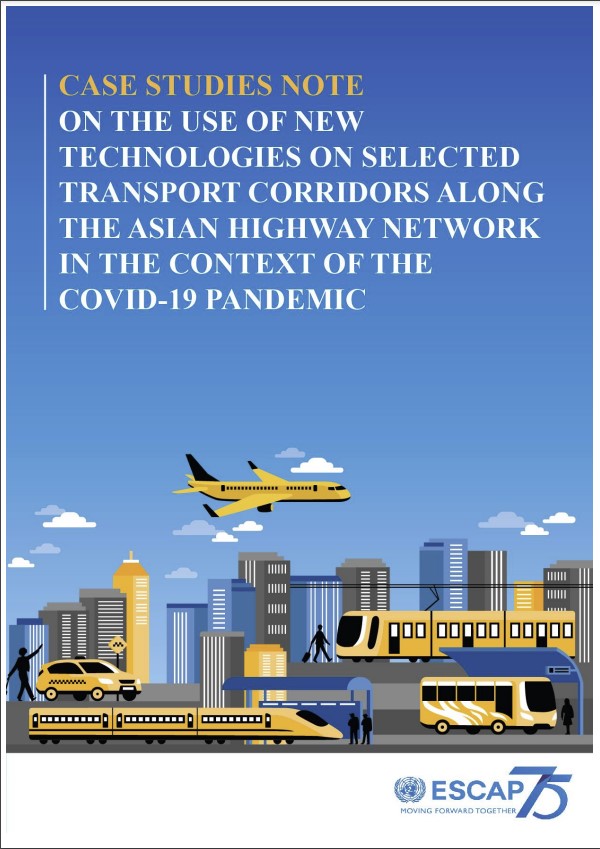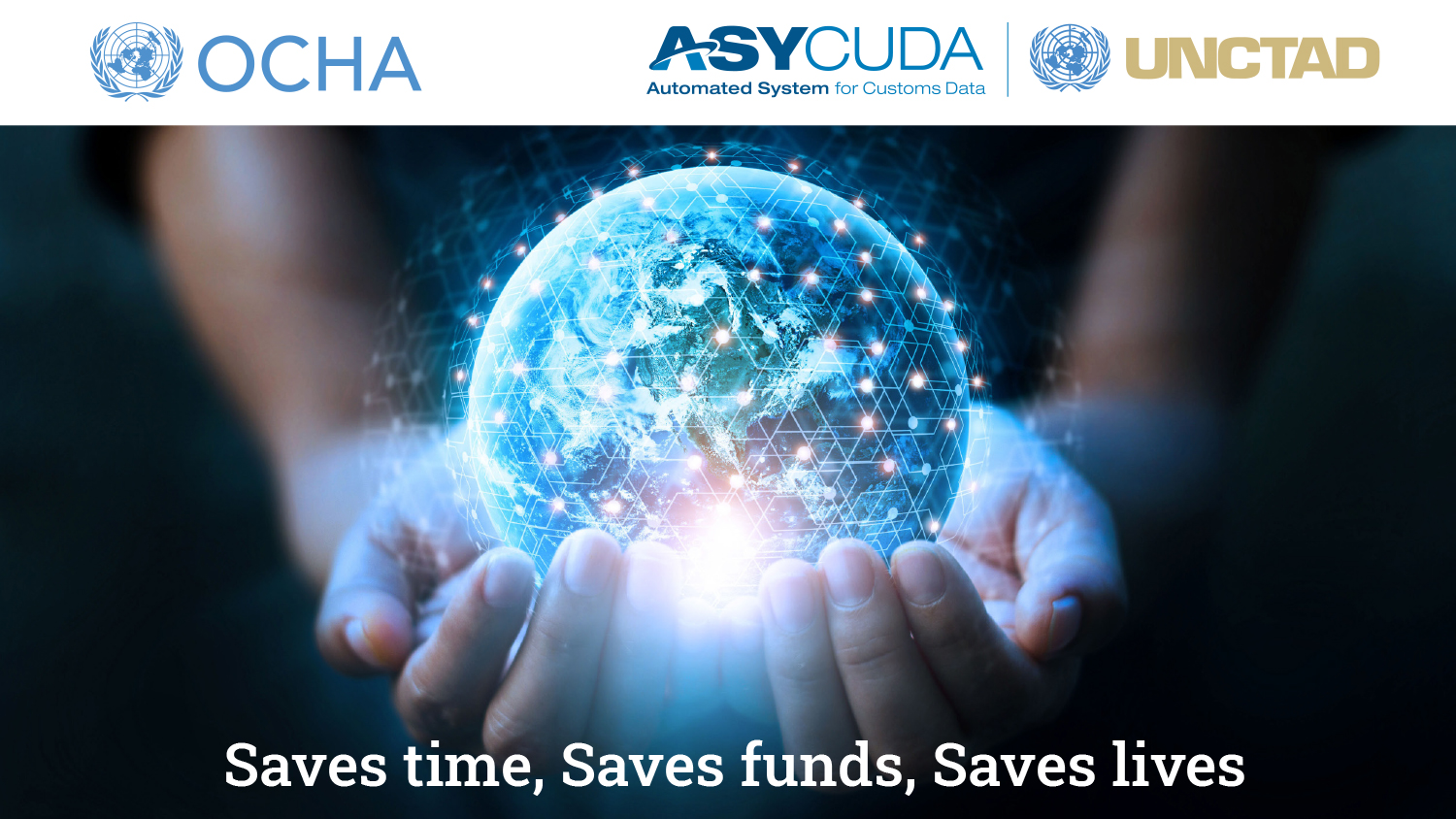Since the beginning of the COVID-19 pandemic, which was declared by the WHO on 11 March 2020, and in response to the emergence of new variants, countries have imposed, eased and re-imposed various restrictions on daily life, including for the entry and exit in ports. This has resulted in disruption and delay, with implications for the performance of commercial contracts for the carriage of goods.
This report has been prepared to assist commercial parties to better understand the relevant implications and to consider potential approaches to addressing some of these. It examines some of the key legal issues arising from the pandemic as they affect contracts for the carriage of goods by sea, as well as time charterparties, and multimodal contracts of carriage that (may) involve carriage by sea.
